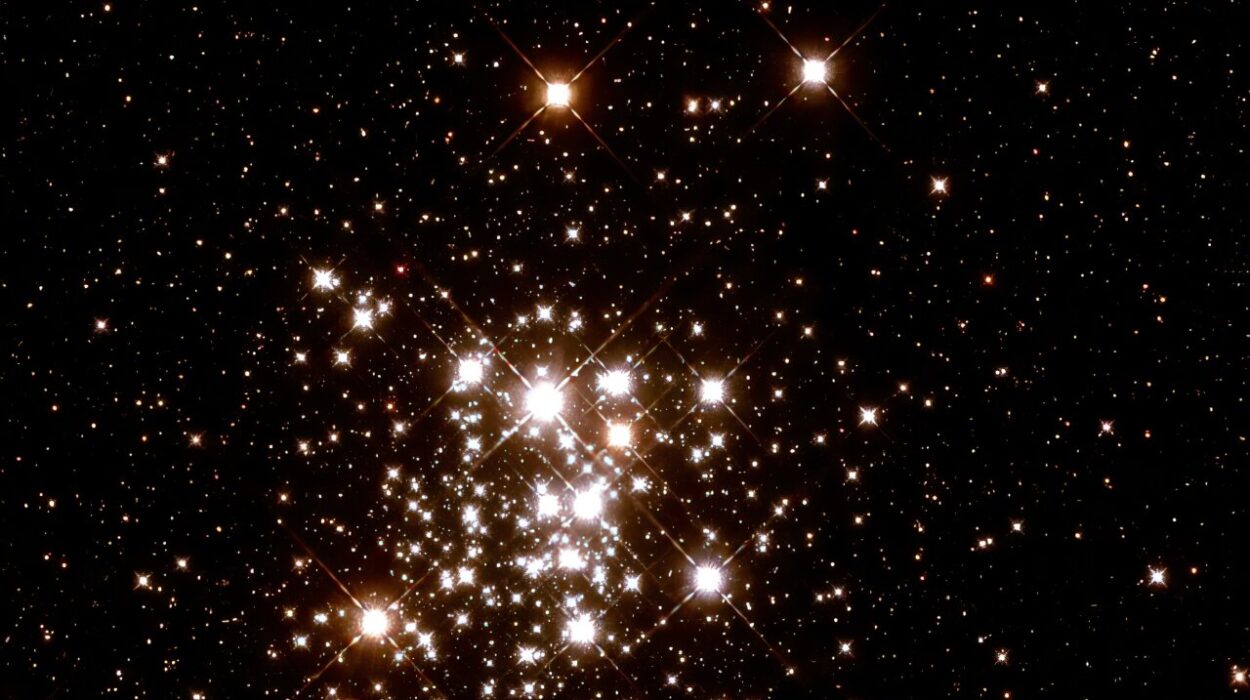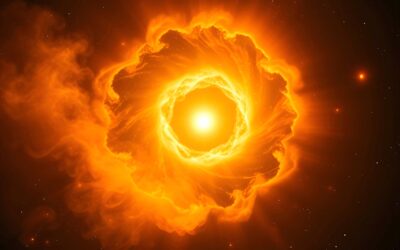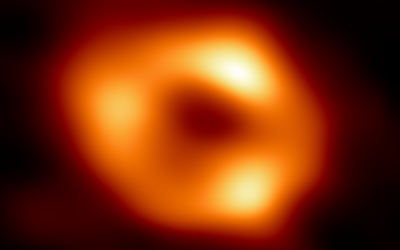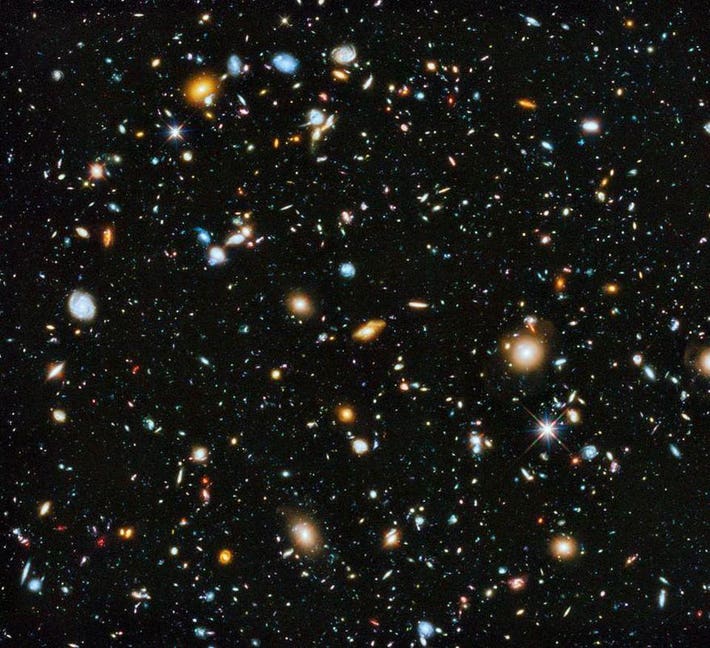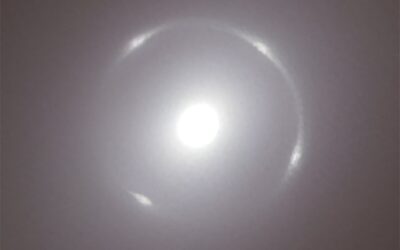Astronomers have recently utilized the powerful Hubble Space Telescope (HST) to examine the structure of one of the most intriguing and massive star clusters in our galaxy: Westerlund 1. This supermassive star cluster, located approximately 13,800 light years away, has long been a subject of fascination for scientists due to its vast population of young, massive stars and its unique characteristics. The study, published on January 28 on the pre-print server arXiv, offers a wealth of new data and insights into the structure and dynamics of Westerlund 1, marking a significant step in our understanding of supermassive star clusters.
Open clusters (OCs) are groups of stars that form from the same giant molecular cloud, and they are loosely bound by gravity. These clusters are often composed of stars of similar age and composition. Most star formation, it is assumed, occurs within massive star clusters known as superstar clusters (SSCs). These are particularly large and dense open clusters, often containing hundreds or even thousands of stars, many of which are very young and massive. The mass of an SSC typically exceeds 10,000 solar masses, and Westerlund 1 is a prime example of such a cluster. It is estimated to have a mass of between 50,000 and 100,000 solar masses and spans a radius of about 3.26 light years. With an age ranging between 5 and 10 million years, Westerlund 1 is one of the most massive young star clusters currently known in the Milky Way galaxy.
The cluster’s youth, proximity, and diverse population of stars across a range of masses make it an exceptional site for studying stellar formation and evolution. Starburst environments like Westerlund 1, where high rates of star formation occur, offer a unique window into the processes that drive the creation of stars and the dynamics of large-scale stellar systems. To explore this remarkable region of space in greater detail, a team of astronomers, led by Lingfeng Wei from the University of California, San Diego (UCSD), turned to the Hubble Space Telescope. They hoped to use Hubble’s high-resolution imaging and photometric capabilities to measure key properties of the stars within Westerlund 1 and to investigate the cluster’s overall structure.
Westerlund 1 was observed using Hubble across multiple epochs, allowing the researchers to track the proper motions (PMs) of stars in the cluster. This method, which involves measuring the stars’ movements over time, provided crucial data on the kinematic behavior of the cluster’s stellar population. The team also used multiple filters to obtain multi-color photometry, which helped them analyze the properties of the stars and identify their kinematic cluster memberships. By combining these observations, the researchers were able to create a detailed stellar density map of the cluster, taking into account the effects of spatial reddening and the membership status of each star within the cluster.
The results of this comprehensive analysis revealed several important features of Westerlund 1. One of the most striking findings was that the cluster appears to be elongated along a northeast-southwest axis, roughly aligned with the galactic plane. The researchers determined that the cluster has an eccentricity of 0.71 and a semi-major axis with a position angle of about 56 degrees east of north. This alignment with the galactic plane suggests that the shape of the cluster may have been influenced by the structure of the molecular cloud from which it formed, or alternatively, the shape could have been shaped by the cluster’s formation process, which may have involved the merging of multiple substructures.
An interesting aspect of the study was the finding that the eccentricity of the cluster decreases with increasing stellar mass. This observation supports the hypothesis that the high eccentricity of Westerlund 1 may be a remnant of its formation environment, with the molecular cloud’s shape or internal dynamics potentially influencing the distribution of stars within the cluster.
In addition to the structural analysis, the team also studied the velocity dispersion of the cluster. The velocity dispersion, which measures the spread in the speeds of stars within a cluster, was found to be about 3.42 km/s for Westerlund 1. This value is smaller than the expected velocity dispersion for a cluster that is in virial equilibrium, which is a state where the gravitational forces holding the cluster together are balanced by the kinetic energy of the stars. The lower-than-expected velocity dispersion indicates that Westerlund 1 is not in virial equilibrium. This could be a sign that the cluster’s formation process involved exceptionally efficient star formation—more than 56% of the available gas may have been converted into stars—or that stellar feedback, the process by which stars influence their surroundings through radiation and winds, may have been inefficient, leading to an early expulsion of gas before the stars could reach the cluster’s full gravitational potential.
The study also delved into the dynamics of Westerlund 1, calculating its crossing time and relaxation time. The crossing time is the time it would take for a star to travel across the cluster, while the relaxation time is the time it would take for the stars in the cluster to fully interact and reach a state of equilibrium. For Westerlund 1, the crossing time was found to be about 300,000 years, while the relaxation time was significantly longer, at 260 million years. These values are important because they suggest that the cluster is still in a state of formation and evolution, with the stars within it not yet fully segregated by mass. In particular, the mass segregation—the tendency of more massive stars to migrate toward the cluster’s center—appears to be ongoing for stars with masses as low as 10 solar masses. This indicates that the cluster is still dynamically evolving, and that processes like mass segregation and stellar interactions are shaping the distribution of stars within Westerlund 1.
The researchers also took the age of the cluster into account in their analysis, estimating that Westerlund 1 is approximately 10.7 million years old. Given the relatively young age of the cluster, along with its crossing and relaxation times, the study suggests that Westerlund 1 is a dynamically active and evolving environment. Its exceptional star formation efficiency and its subvirial status indicate that the cluster may be undergoing a period of rapid evolution, with stars continuing to form and interact within its dense, starburst-like environment.
Westerlund 1’s mass, age, and structure make it a particularly valuable object for studying the processes that govern the formation of supermassive clusters and the dynamics of starburst environments. The results of this study provide important clues about how large clusters like Westerlund 1 form and evolve over time, shedding light on the interplay between stellar formation, gas dynamics, and the gravitational forces that shape these massive systems. The insights gained from this research will help astronomers better understand not only the specific case of Westerlund 1, but also the broader processes that drive the formation and evolution of star clusters in general.
As one of the most massive and youthful star clusters in our galaxy, Westerlund 1 continues to be a rich source of scientific inquiry. The detailed observations made by Hubble, combined with the sophisticated analysis performed by Lingfeng Wei and his team, offer an exciting glimpse into the complex and dynamic nature of stellar clusters. As technology advances and our observational tools become even more refined, future studies of clusters like Westerlund 1 will undoubtedly reveal even more about the intricate processes that govern the birth and evolution of stars, as well as the role these massive systems play in the broader context of galaxy formation and evolution.
More information: Lingfeng Wei et al, Structure and Dynamics of the Young Massive Star Cluster Westerlund 1, arXiv (2025). DOI: 10.48550/arxiv.2501.16755
